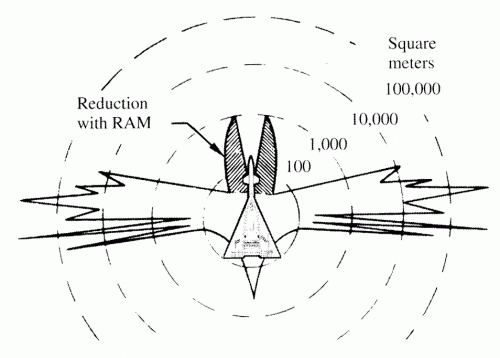hagaricus
ACCESS: Barclaycard
- Joined
- 5 November 2010
- Messages
- 174
- Reaction score
- 169
As an armchair appreciator of aircraft, I believe, with some small technical justification, and a lot of aesthetic justification, that stealth is a passing phase that will soon be neutralised by developments in sensor technology. Just as interruptor gear revolutionised air combat in 1915 but was largely irrelevant 25 years later, so I believe it will be with stealth.
What consequences would this have for aircraft design, would this allow manufacturers to get back to designing beautiful aircraft again? What unbuilt projects might see a resurrection as excellent designs which are incompatible with the current need for stealth?
What consequences would this have for aircraft design, would this allow manufacturers to get back to designing beautiful aircraft again? What unbuilt projects might see a resurrection as excellent designs which are incompatible with the current need for stealth?

